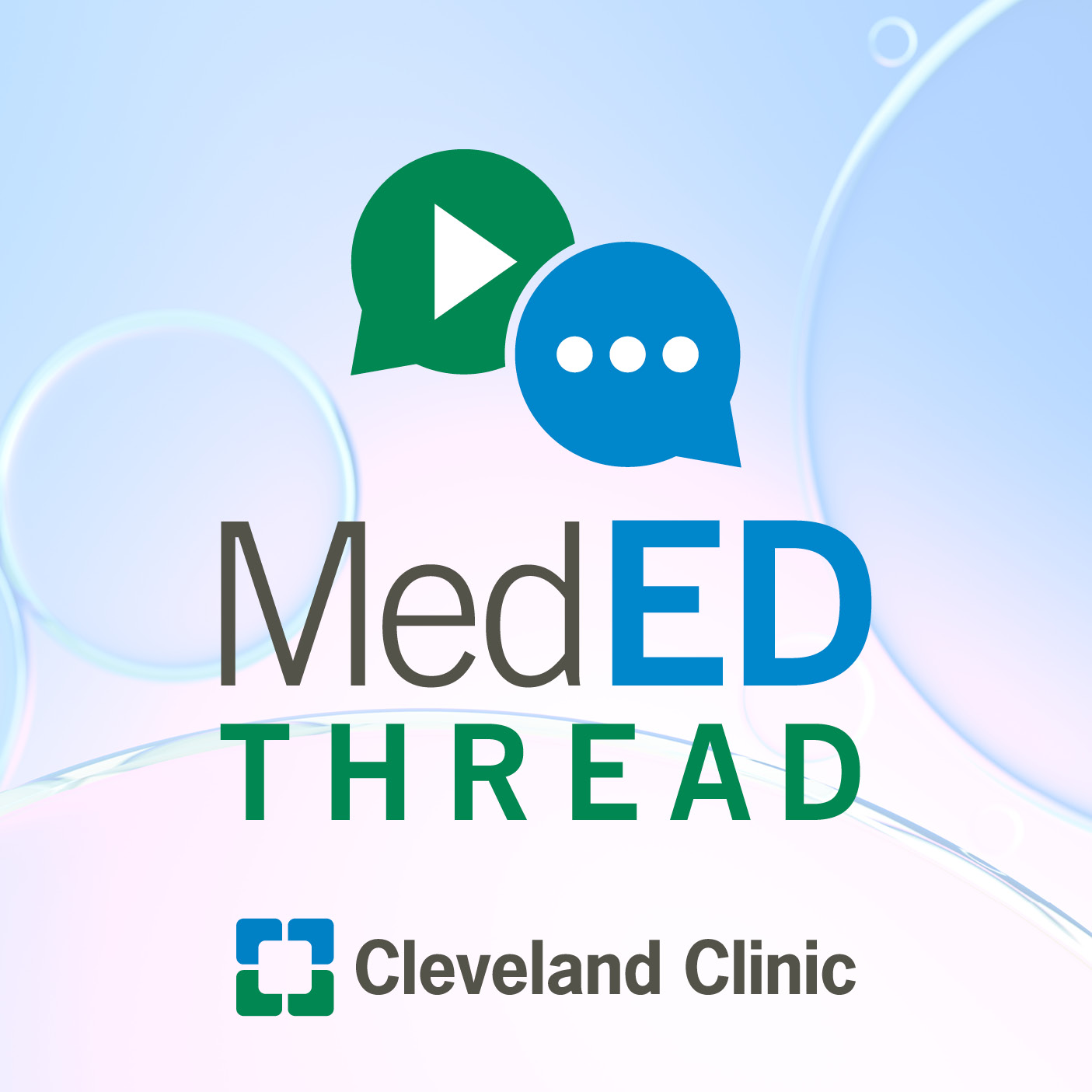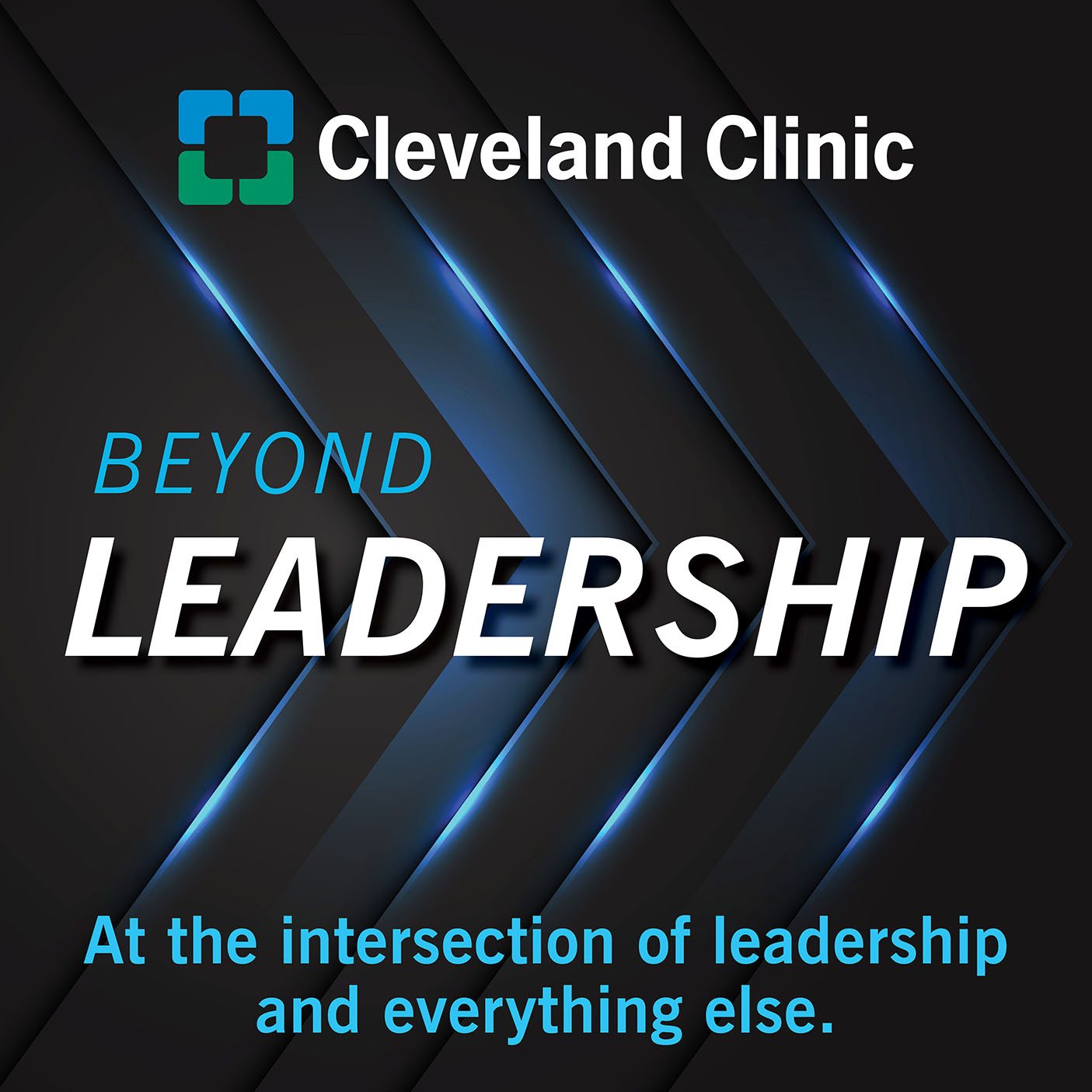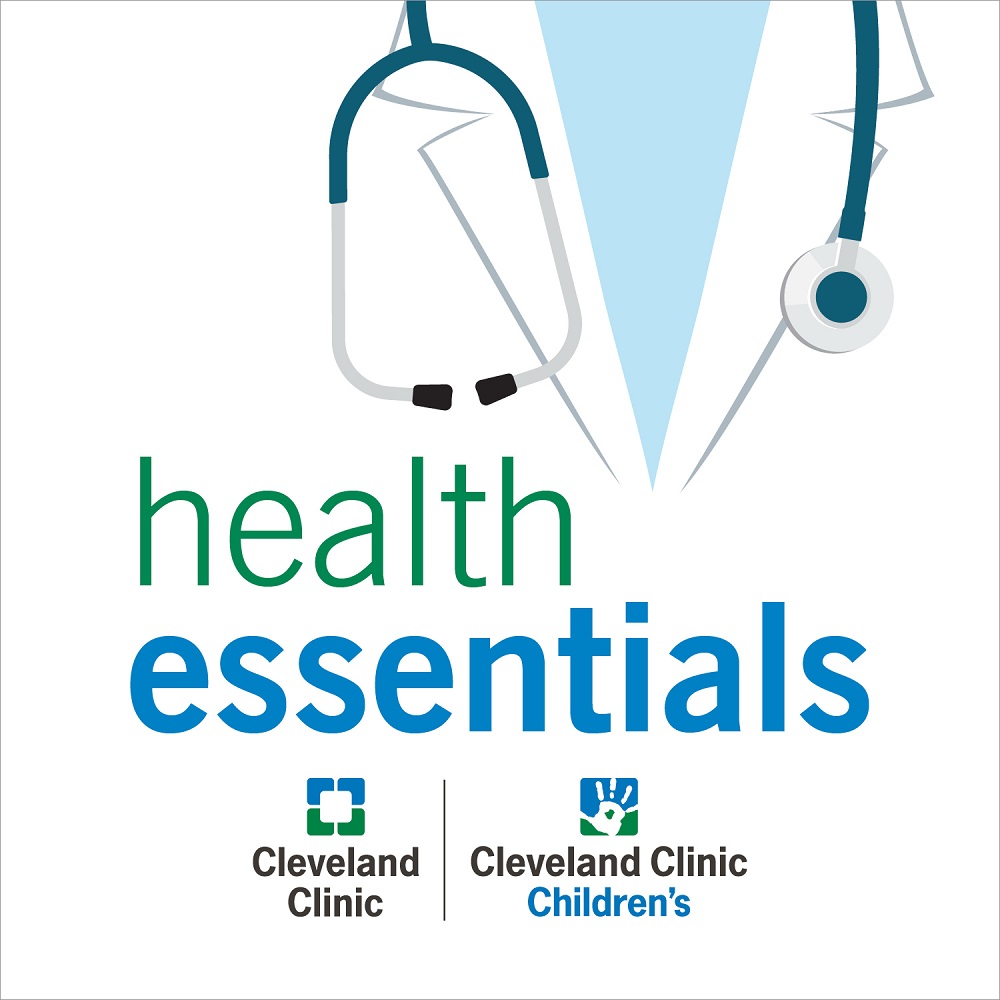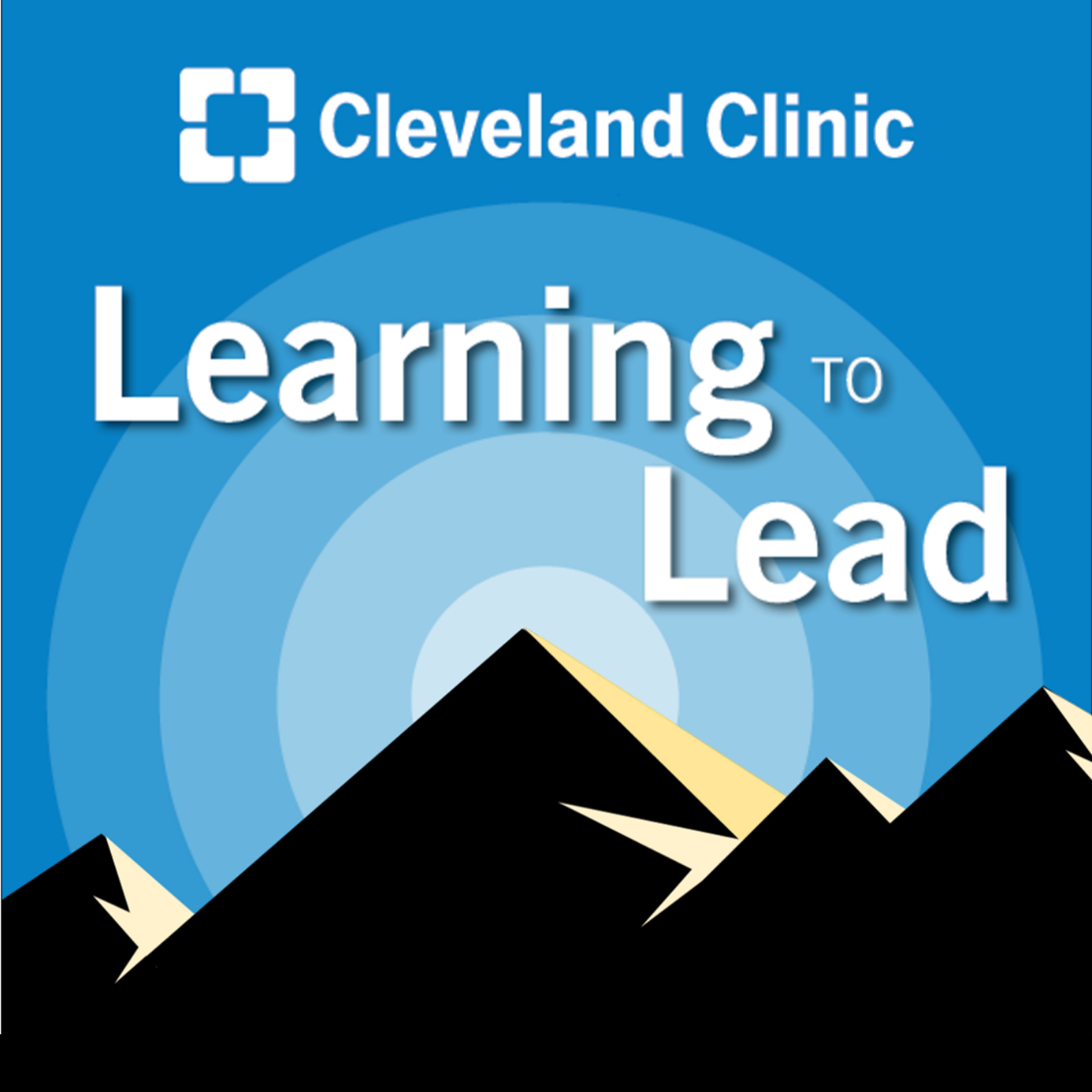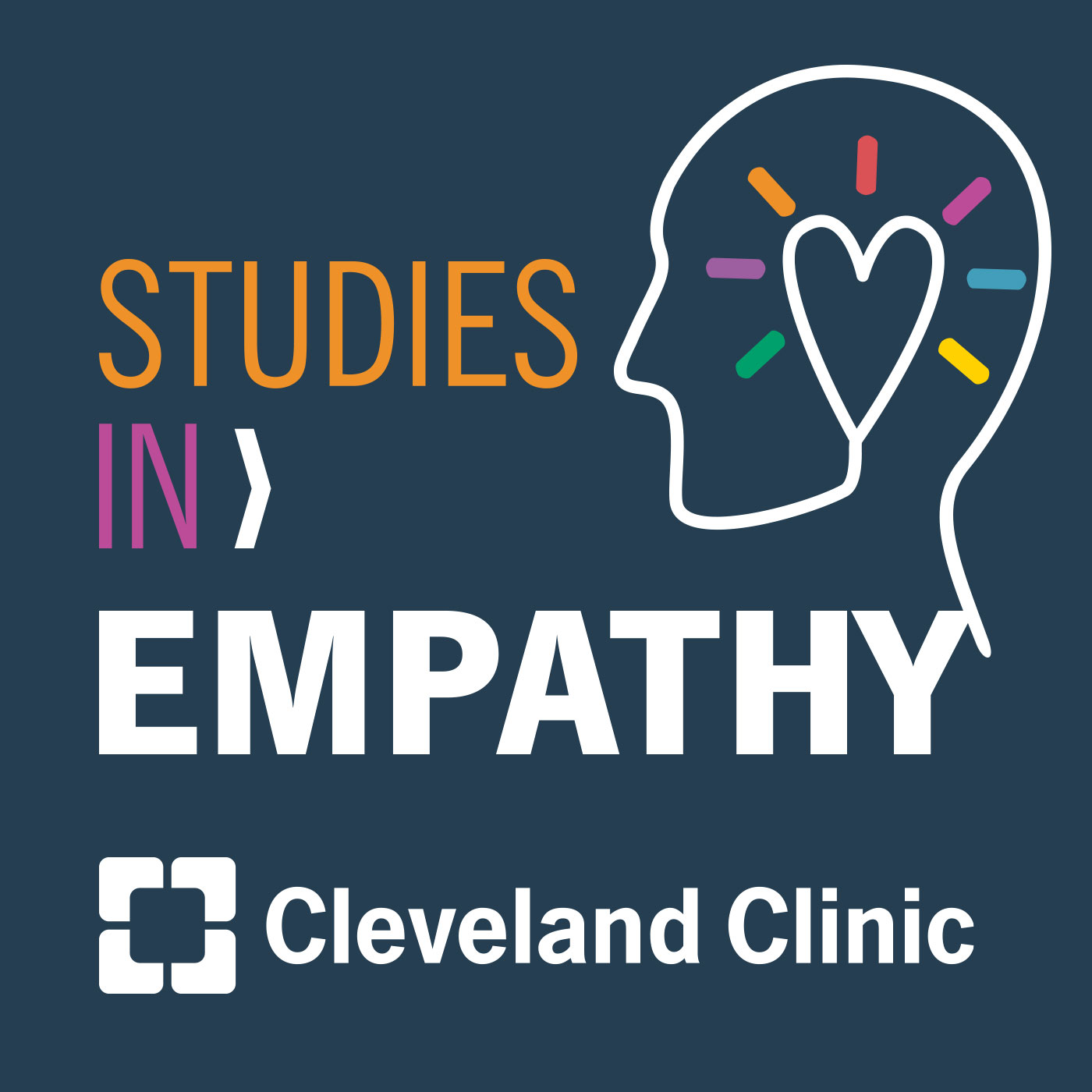The Future of Learning: The Impact of Technology-enhanced Education

In this episode of MedEd Thread, we talk with Dr. Rahul Damania, Director of Academic Advising at Cleveland Clinic Lerner College of Medicine of Case Western Reserve University, about the transformative role of technology-enhanced learning. Dr. Damania explores evidence-based strategies and tools that optimize learner attention, recall and engagement. He discusses the importance of metacognition and psychological considerations, and how technology empowers educators to foster deeper understanding. Tune in to discover how advancements such as virtual and augmented reality simulations and interactive digital teaching are reshaping medical education.
Subscribe: Apple Podcasts | Podcast Addict | Spotify | Buzzsprout
The Future of Learning: The Impact of Technology-enhanced Education
Podcast Transcript
Dr. James K. Stoller:
Hello, and welcome to MedEd Thread, a Cleveland Clinic Education Institute podcast that explores the latest innovations in medical education and amplifies the tremendous work of our educators across the enterprise.
Dr. Tony Tizzano:
Hello. Welcome to today's episode of MedEd Thread, an education podcast exploring technology-enhanced learning. I'm your host, Dr. Tony Tizzano, director of Student and Learner Health here at Cleveland Clinic in Cleveland, Ohio. Today, I'm very pleased to have Dr. Rahul Damania, director of Academic Advising at Cleveland Clinic's Lerner College of Medicine of Case Western Reserve University here to join us. Rahul, welcome to the podcast.
Dr. Rahul Damania:
Thank you so much for having me. I'm super excited for our conversation.
Dr. Tony Tizzano:
As am I. So, Rahul, to get us started, can you please tell us a little bit about yourself, what brought you to Cleveland, your educational background and your role here at Cleveland Clinic?
Dr. Rahul Damania:
Absolutely. Well, I am a Ohioan through and through. I grew up in the southern part of Ohio in Cincinnati, came up here, did a unique path when it comes to medical training, did the six-year combined BSMD program, which was very accelerated. However, after I finished medical school, I really started to have this passion for education, so alongside my residency training, which I did at Rainbow Babies in pediatric categorical, I then started to really get into teaching and that was a little bit of a side passion. And then subsequently afterwards, I went to Emory for my pediatric critical care fellowship and this is my first academic position, straight from fellowship and I'm super excited because my role here at Cleveland Clinic has really evolved to be immersed in education, something that I'm genuinely very passionate about and excited to share today.
On the graduate medical education side, I'm the associate program director for The Pediatric Critical Care Fellowship, and at the undergraduate medical education side at Lerner, I am the director of Academic Advising, like you mentioned, primarily focused on helping students learn more effectively and prepare for high-stakes exams such as the United States Medical Licensing Exam, or commonly referred to as USMLE.
Dr. Tony Tizzano:
Fabulous. And if our listeners don't sense your enthusiasm for this in just getting started, they have to listen a little more closely. Fabulous. So in today's segment, which is part of two things that we're gonna talk about, because we're gonna get to the high stakes learning as well, we're going to explore this very rapidly evolving area of technology-enhanced learning and its role in all manner of learning, but perhaps specifically tailored to medical education. So can you help frame this topic for our listeners? Why this is becoming more and more important and should probably be in every learner's toolbox?
Dr. Rahul Damania:
Absolutely. I think, not only with learners themselves, but even educators, I love that word how you say toolbox because it genuinely can empower educators and learners to comprehend and conceptualize information more effectively. And one of the ways that I can frame this is think about Disney. When you're thinking about Disney, you're going in to that Disneyland or Disney World, looking for not just an amusement park, but an experience. And I think when you are going to use technology effectively, you can really create a learning experience and that is what makes the knowledge much more sticky.
Dr. Tony Tizzano:
Is there science around this that drives you in one direction or another?
Dr. Rahul Damania:
I think, in terms of pedagogical elements, you know, we can fall back on the more traditional theories. Those traditional theories are by great cognitive scientists and educators, both in the medical space, but also elementary school space or any other stage of learning and those are like Vygotsky and they, I think, were able to create a great foundation. But now, more and more, there are these digital learning principles and the one that has become very popularized is by Dr. Mayer, who is out in California. And he has really done a great job in conceptualizing different theories on how we can teach more effectively online in an asynchronous environment when our learners are also rapidly evolving from going from classroom to their computers.
Dr. Tony Tizzano:
Okay. And, Rahul, you touched upon this, but tell us a little bit more about what sparked your interest, but then, you know, forced you to take a much more educated and deep look at this topic.
Dr. Rahul Damania:
This is a really fascinating topic for me and the reason why I became very passionate is I have always been fascinated by not just technology in general. But the pace at which technology evolves. And I think that that has really centered me on, "How am I able to understand the technology and really funnel it into a medical education use case?" Because these digital learning theories that we're going to be exploring, which I'm super excited about, are used in, for example, creating your HR modules that sometimes we have some trouble getting through, but those principles are embedded there. And so when I'm noticing not only technology evolving, but the next generation of learners also evolving in terms of how they like content delivered and how they have unique attention spans, I think that it becomes a perfect storm to get immersed in this topic.
Dr. Tony Tizzano:
Boy, I hear you and I always worry when I look, consider my vintage and I'm interfacing with students, "Am I doing it in a way that resonates with them?" But you also mentioned, you know, "How can we optimize the way information is presented around ideas about attention and recall?" so talk a little bit about the current thinking there.
Dr. Rahul Damania:
This is such a great question and there is a fancy curve that explains this much more visually, but I'm gonna kind of take everyone through the curve itself, just to conceptualize how our traditional didactics, which is commonly a one-hour didactic, is going to be organized in a way that hopefully can connect with learners, but we also have to layer in this principle about attention and the audience in and of itself. So some of the studies actually suggest that during a course of an hour-long lecture, attention peaks during the first 10 to 20 minutes, and then the final five minutes. Notetaking actually is going to be highest in the first 10 minutes and then it just drops off.
And one statistic that I found extremely fascinating was that when you look at the hour-long lecture, 42% of the key points of a lecture can be immediately recalled. Now I think that that is pretty low, but what's even more interesting and unique is that this drops precipitously to just 20% of the most important information can be recalled after one week from that lecture. And I think that this speaks to the importance of making sure that we have principles such as active recall, space repetition and interleaving of concepts so that then we're able to combat the forgetting curve.
Dr. Tony Tizzano:
Yeah, and I remember medical school way back when, them saying, "Ideally, review this information within 24 hours because it will heighten the curve and the drop-off." But boy, who has time or who did that? But no one proved it. And I, I have a feeling you're going to prove it. So earlier you mentioned Mayer's principles for multimedia and eLearning. Walk us through some of this and the importance of this.
Dr. Rahul Damania:
These have been 12 principles that I have been very passionate about and there are many kind of subtopics within these principles, but if it's all right, I'd love to just highlight three specific principles ...
Dr. Tony Tizzano:
Please.
Dr. Rahul Damania:
... that then we can go a little bit deeper.
Dr. Tony Tizzano:
Excellent.
Dr. Rahul Damania:
So the first one is going to be the coherence principle. Now what coherence basically means is we wanna make sure everything is going to be related to each other. And this principle really refers to us, as educators, making sure that we do not add extraneous information. I still remember having a medical school lecture in which many of the slides that the presenter had, he skipped through them, and what he would say is, "Oh, yeah, so these are just some more details you can review on your own end." Well, I think that this is a really nice way for us to highlight the coherence principle. When you are going to be effectively teaching or even as a learner, you would want to have the need no information there so that then you can focus on mastery of the core concepts. And as your knowledge tree expands, you can link the details. So the coherence principle really focuses on reducing the extraneous information in a lecture.
Dr. Tony Tizzano:
Yeah, that is so interesting. I, I feel like, you know, they'd say, "You need to read it all and be able to answer the questions, but I'm not gonna tell you exactly what you need to know."
Dr. Rahul Damania:
Yeah, exactly. And you know what, one thing, if you look at the coherence principle and the anticoherence principle, let's say you have a lecture that has a lot of extraneous information, what the literature suggests is that that increases cognitive load. Now I just wanna dive deep into this topic just for a second. When it comes to cognitive load, there are three types of cognitive load, okay? The first type of cognitive load is the intrinsic load. This is the inherent difficulty of the information. Think about it like this, "Those reproductive anatomy ligaments, they're very detailed. The vasculature there is very challenging," that's intrinsic cognitive load.
Then you have the extrinsic cognitive load and that is how the material itself was delivered to you. And so if the material was just a bunch of text on the slides and there was a lot of extraneous information and maybe the lecturer was not as dynamic and was just very monotone, well, that's gonna increase the extraneous cognitive load. And then the last part of this, and this is a good cognitive load, it's called the germane load. Now, what the germane load is is it is the load that the learner takes on to build frameworks and schemas to organize the information. And that's the cognitive effort known as the germane load to make sure we organize these different concepts so we can make sense of all of it.
Dr. Tony Tizzano:
So we know why.
Dr. Rahul Damania:
Exactly.
Dr. Tony Tizzano:
Not what, but why. Very well taken. Excellent. Continue, there's more.
Dr. Rahul Damania:
There is more. And the second principle, which is one of my favorites, is signaling principle. Now many of you have probably heard of Khan Academy, very popular educator, not just for sciences, but mathematics, etcetera. And he does a really great job, the Khan Academy, the lecturer, at signaling. And what signaling is is really turning your attention to vital points. For example, very simply, if you had a image or diagram, what you wanna make sure you do is turn on the laser pointer and focus the attention on that specific part of the slide you are talking. Now, another advanced tip is you can actually zoom in on that information, so that just in the learner's frame, you see that portion of the diagram only and then you zoom out.
But I think that these are subtle but powerful points and I think that that's the most fun part of these digital learning theories, is that it's all about setting the intention, knowing your tools and then orchestrating the learning experience.
Dr. Tony Tizzano:
Yeah, Dr. Mehta in the medical school must read this book, because during a program, and he has a slide, he is circling things as he's talking, draws your attention to the exact point and you're just waiting for what will he circle next. I don't know how to do it, but it's very effective because I've watched him do it.
Dr. Rahul Damania:
He has been a wonderful mentor to me.
Dr. Tony Tizzano:
Yeah.
Dr. Rahul Damania:
So the last principle that I think we can highlight out of the 12 is the spatial contiguity principle. Now this is where we can position printed words near the corresponding graphics. And I'll give you a concrete example of this. Let's say that you have an image and that image has different labels, A, B, C, D, but then on the other end of the slide, you have a little key that you have to refer, "Oh, A is going to be the suspensory ligament of the ovary. B is going to be the uterosacral ligament." All of these things now are not only going to increase the cognitive load, but it really defies the spatial contiguity principle because now the learner's attention is going to be in two different places. They have to spend the time, "W- what does A refer to? What does D refer to?" And so the spatial contiguity principle refers to putting text and pictures right next to each other.
And I'll give you a really good example that I did y- yesterday when I was doing the board review questions with the pediatric ICU fellows. Rather than me putting the multiple choice question and then the explanation on the other side or t- the next slide, what I did was I put the explanation right next to the question. And that allowed for the learners to take a look at the explanation and refer it back to the question that they were immersing themselves in during that time.
Dr. Tony Tizzano:
And their focus is at one point ...
Dr. Rahul Damania:
Exactly.
Dr. Tony Tizzano:
... instead of having to look two places to find it. So this is also interesting and I, I wish I had known these things, not only when I develop a program, but (laughs) when I'm listening to a program. So what's the feedback been like from learners and from educators that you interface with?
Dr. Rahul Damania:
Well, I think knowing these principles and then coupling it with other gadgets, such as, for example, flashcards at the end of these learning experiences, or even thinking about multiple choice questions that you can incorporate to solidify the learning. I think it really highlights one of my favorite quotes when it comes to active learning and here's the quote, "Let's focus on not forcing information into students' minds, but rather, let's focus on extracting information out of learners' heads." And so what that basically means is that it's not about getting the information from point A to point B, but it's especially when you're thinking about adult learning theory, it's about hearing what a learner has to say about the information, what they can recall about the information and how they make sense of the information in their own schema.
Dr. Tony Tizzano:
Yeah, how they make sense in their own schema. I mean, those words are profound. So some surveys would suggest that 70% of students prefer, today's students prefer digital learning over traditional classrooms. Are educators on the same page?
Dr. Rahul Damania:
I think it depends on what field you're looking at. If you look at the US Department of Education, who basically surveys not only graduate programs, but primarily focuses on the elementary school arena or middle school arena, learners actually are being more effective when they are presented material asynchronously, which means using effective digital learning theories and principles and they're able to do it not in the classroom or face to face, but rather on their own time. Not only does it allow for flexibility, but I think it also allows for the learner to slow down the learning process based on what they feel may be important or challenging.
And I think that this shift definitely needs to be there in medical education and we need to shift away, in my opinion, from sage on the stage to actually making sure that we focus on becoming avid facilitators?
Dr. Tony Tizzano:
Yeah, I couldn't agree more. And of course, there's also information that you may easily be able to assimilate, but I got to slow it down a little bit, because I have to read through it a couple of times and now I've got it, but if I go to the next step and haven't gotten it yet and it's just coming at me at a, a speed that I can't control during a lecture, that all of a sudden, you know, I'm drifting. And so your point is very, very well taken. So shifting gears a bit, but kind of in the same line, can you share your thoughts around simulation and its role in training caregivers?
Dr. Rahul Damania:
Absolutely. When it comes to simulation, I think it is just yet another very powerful tool that we can couple with digital experiences. And when you look at the medical education literature, I'm sure you've probably heard in the past that there were different types of learners, the tactile ones, the kinesthetic learners, the visual learners, the auditory ones. And as research has evolved, those learning theories have actually b- become very debunked, and essentially, there isn't necessarily a learning phenotype as much as we thought. But I think something like simulation is unique because what simulation does do is it encompasses many different senses.
And this is really powerful, because when you can utilize your senses and you couple it with emotion, that is actually the foundation for a memory. I mean, think about it, it's holiday time, and when I smell cookies, there's a sensation and it makes me very fond of those nice holiday treats.
Dr. Tony Tizzano:
Yes, it does. Yes, it does. Help contrast a bit for our learners and for myself the idea between virtual reality versus augmented reality and the place for each.
Dr. Rahul Damania:
This is a really important distinction. When we're thinking about virtual reality, this is going to be taking a learner and putting them in a different space completely. Think about the learner being at home, and now suddenly, using virtual reality, they are going to be transformed or transmitted into a hospital environment. Augmented reality is kind of like things that some of these popular companies are doing and that is keeping us within the environment, but giving us more data, so we can interact with the environment in a more engaging way. And so I think that both of them have a role. Right now, we are at the cusp of making these experiences less technologically or glitchy, so to say, and more real time or rooted in reality.
And my hope is that, as the years go on, we will be able to even incorporate AI into some of these technologies and have a seamless experience where you might be all around the world and I might be here at Cleveland Clinic and we can then engage in a virtual reality session together.
Dr. Tony Tizzano:
And I think, for an organization like ourselves, it makes a lot of sense because doesn't this allow for us to perhaps elevate the level of systemness around even a skill set and perhaps pieces of both of these will be utilized to do that? So no matter where you land, if you're going to be in a Cleveland Clinic facility, you're getting the state of the art on the other side of the Earth because that's basically where we're at, we're everywhere, London, Abu Dhabi. You know, it's just we're here and there.
Dr. Rahul Damania:
Yeah, absolutely.
Dr. Tony Tizzano:
And I think that other organizations will do the same. Well, Rahul, you've given us so much to consider. That said, What do you see through your lens on the horizon?
Dr. Rahul Damania:
When it comes to technology-enhanced learning, I think that we are at an exciting moment in time and the areas or the things that are on the horizon are primarily surrounding artificial intelligence and the use of these large language models. And I think, while it is very exciting to hear what we can do with these new technologies like AI, I think what's even more interesting is how institutions interpret the ethical aspects surrounding AI. And now we can play this balance of, "We have such a powerful tool, but what are the limitations of the tool?" And this, combined with our discussion on technology-enhanced learning, is really gonna revolutionize, not only medical education, but education around the world, even in resource limited settings.
Dr. Tony Tizzano:
Yeah, and I can think back to times, uh, just in my life where technology was put on the backburner or they said, "You can't use it." And I can think of even being in school and saying, "You can't use a calculator ..."
Dr. Rahul Damania:
Wow.
Dr. Tony Tizzano:
"... to add, subtract, multiply and divide." No one can imagine that now, but now of course, we breathe this sort of technology. So thank you so much. Are there questions that I didn't ask that you feel are important for our listeners to hear?
Dr. Rahul Damania:
One parting thought that I think is really important that goes to your example of maybe not being able to use a certain technology. There was a very nice quote in the Harvard Business Review, "AI will never replace humans. However, humans with AI may have the power to replace humans without AI." And the point is is not to just focus on, "Alright, we need to go AI crazy," but the parting message is this, adaptability is a skill worth mastering.
Dr. Tony Tizzano:
Yeah, I couldn't agree more. And when you look at the lexicon of medical knowledge and the doubling time, whoever you want to look at somewhere between 40 and 60 days, you know, a decade ago, it was like 150 days, there's no way to put your arms around all of it and you need a way that you can access information or other individuals to make the best decisions. Well, thank you so much, Rahul. This has been a fascinating and insightful episode of MedEd Thread. To our listeners, if you'd like to suggest a medical education topic to us or comment on an episode, please email us at education@ccf.org. Thank you very much for joining us and we look forward to seeing you on our next podcast. Have a wonderful day.
Dr. James K. Stoller:
This concludes this episode of MedEd Thread, a Cleveland Clinic Education Institute podcast. Be sure to subscribe to hear new episodes via iTunes, Google Play, SoundCloud, Stitcher, Spotify, or wherever you get your podcasts. Until next time, thanks for listening to MedEd Thread and please join us again soon.
